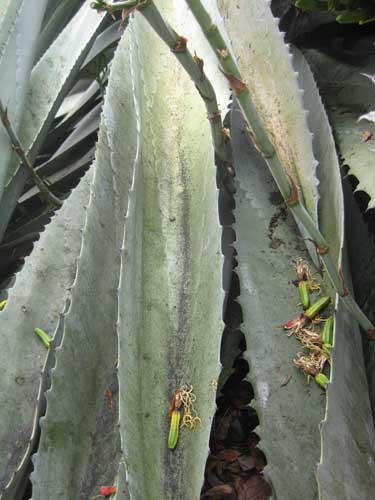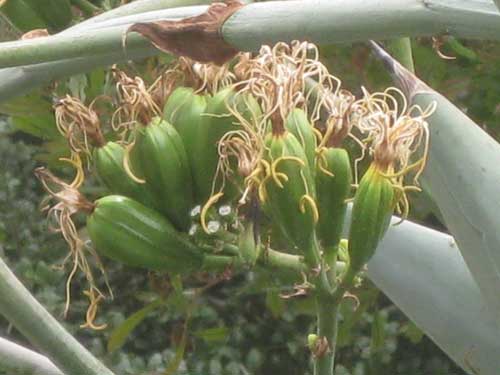I spent several months deciding how to complete this piece. Attempted several borders, finally decided to make a coco fiber border. Coco fiber is pretty, but it is sharp and prickly.
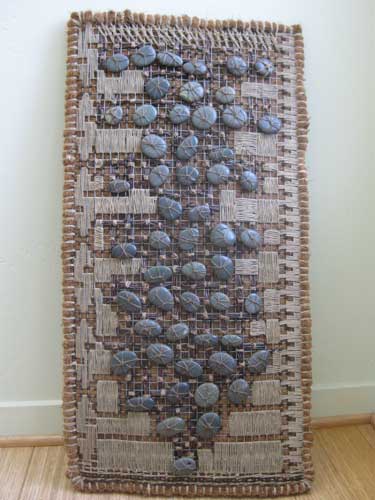
The piece has bundles of bound twigs used in place of Morse Code. The dots are bound to the hardware cloth vertically, and the dashes are bound horizontally. Each 4×4 square block represents one letter. And each block has a stone.
The message in the piece is: Sticks and stones may break my bones but words will never hurt me?
Yep, it does have a question mark in the code.
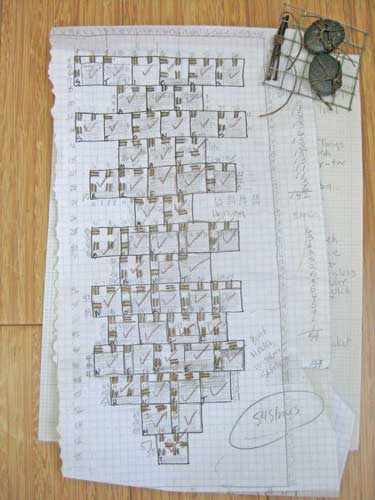
The piece has two layers of hardware cloth and a layer of coco fiber between.
I have included an image of the back of the piece. Even though the back can’t be seen, it still exists. Also the back piece of hardware cloth has ready made hangers.

Detail of sketch showing the code and a detail of the front of the piece.
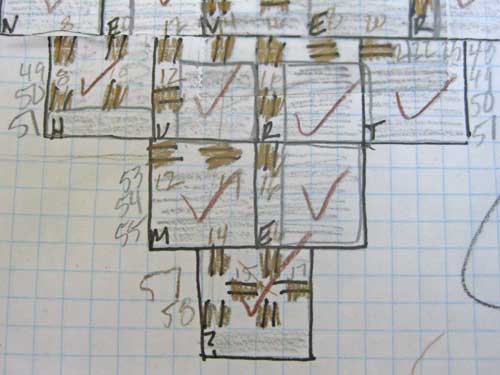
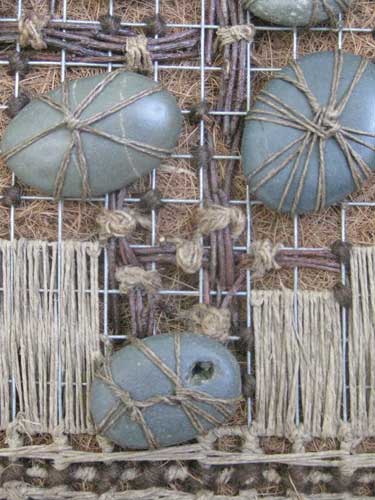
The finished piece is 32.5″ x 16.75″ x 2″.
Materials List: hardware cloth, stones, coco fiber, cotton fabric, wool, hemp, stones, and starch.
I am seriously considering including the materials and code layout in a small cotton pouch attached to the back for easy access.
As for signing the piece, I will use some type of stitch work. Here are some examples of previous signatures.
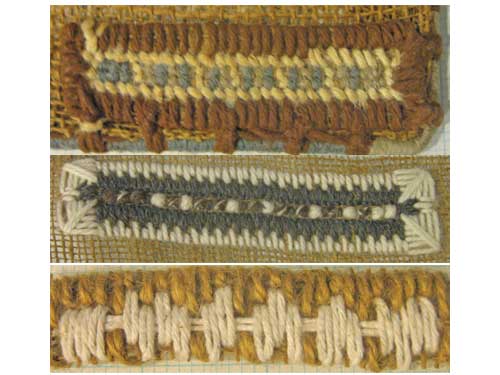
I have also used stitched perforated discs. The code starts from the left and spirals in. The code is in brown and tan. The rest is spacers and fillers.

They are rather nice because they are about the size of a quarter. There are a few patterns that can be used. This attempt was to be a bit willy nilly.
Back to Sticks and Stones–I need to sign it and hang it.
Miscellaneous information–the twigs are from a birch tree. Some believe that birch represents health, wisdom, and safety.
I select materials for what they bring to the work visually, but also culturally. Sometimes a material is selected because it has a connection to my personal history.
Does anyone need to know that when viewing the work? Probably not. Will knowing all of my reasons for making a work and selecting materials change how a work is viewed? Maybe…
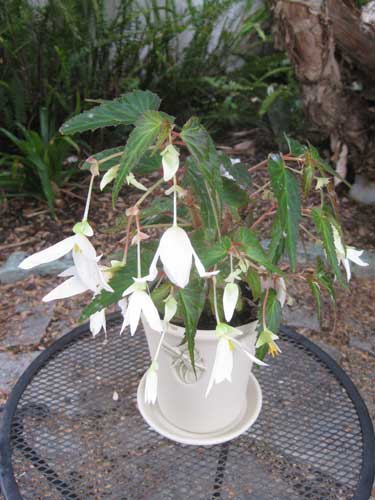
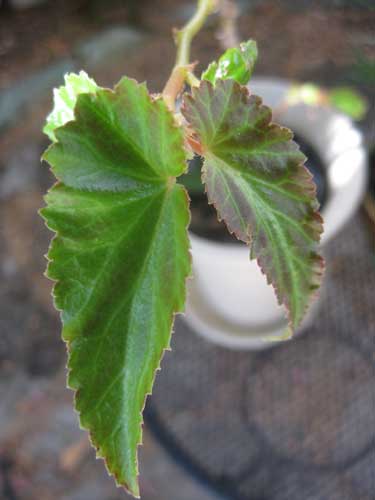
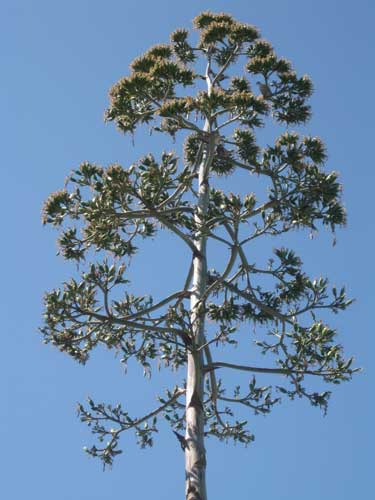
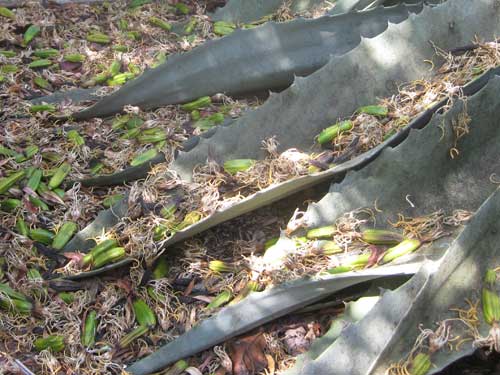
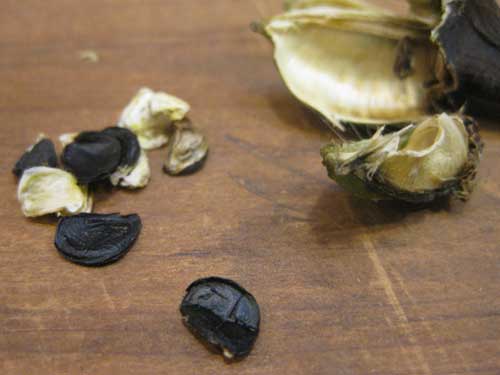
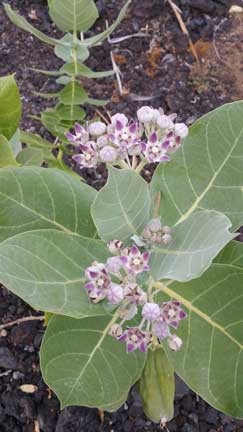
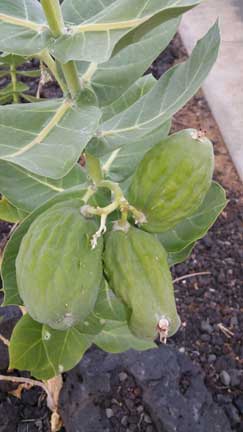
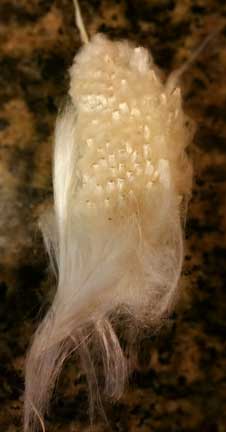
_2.jpg)







